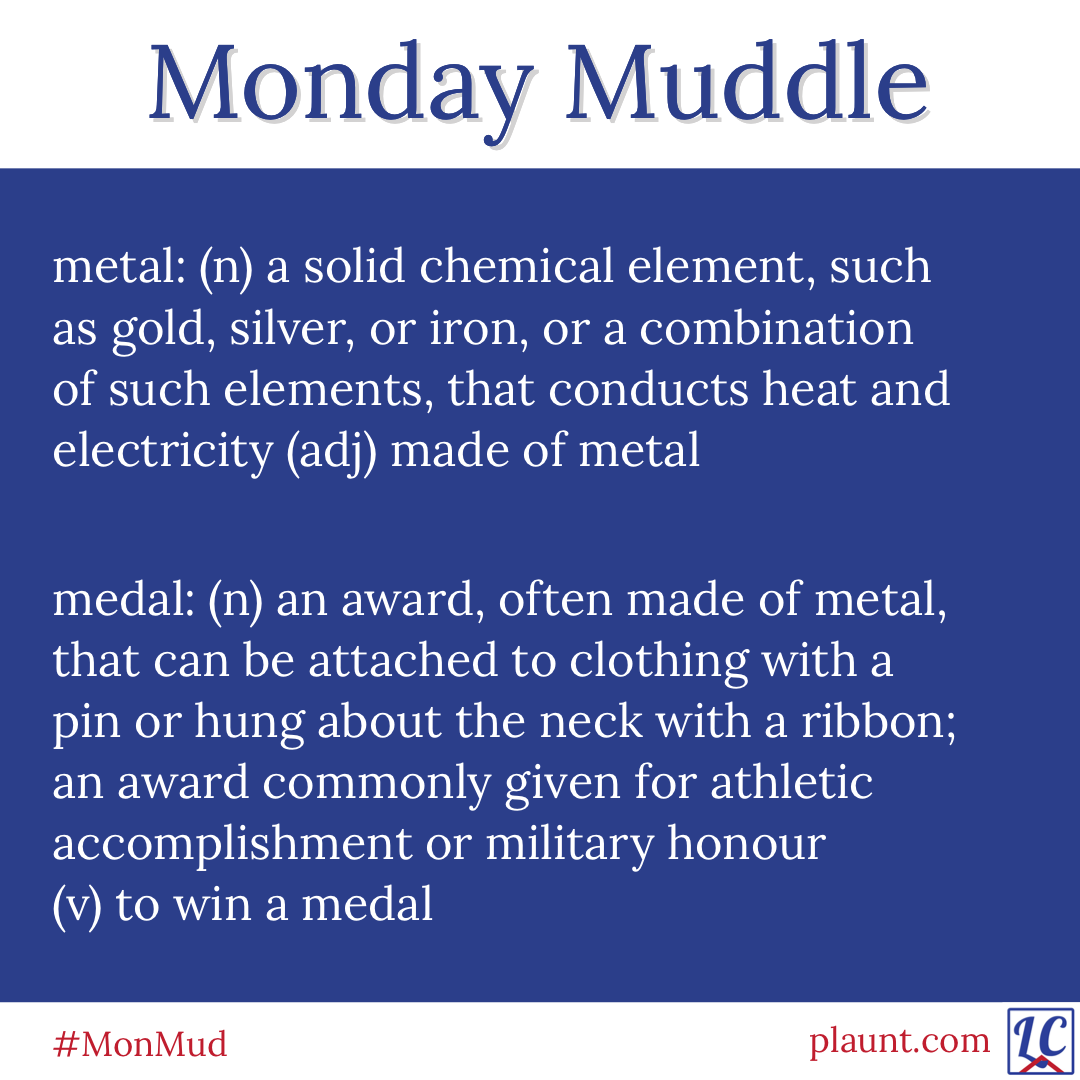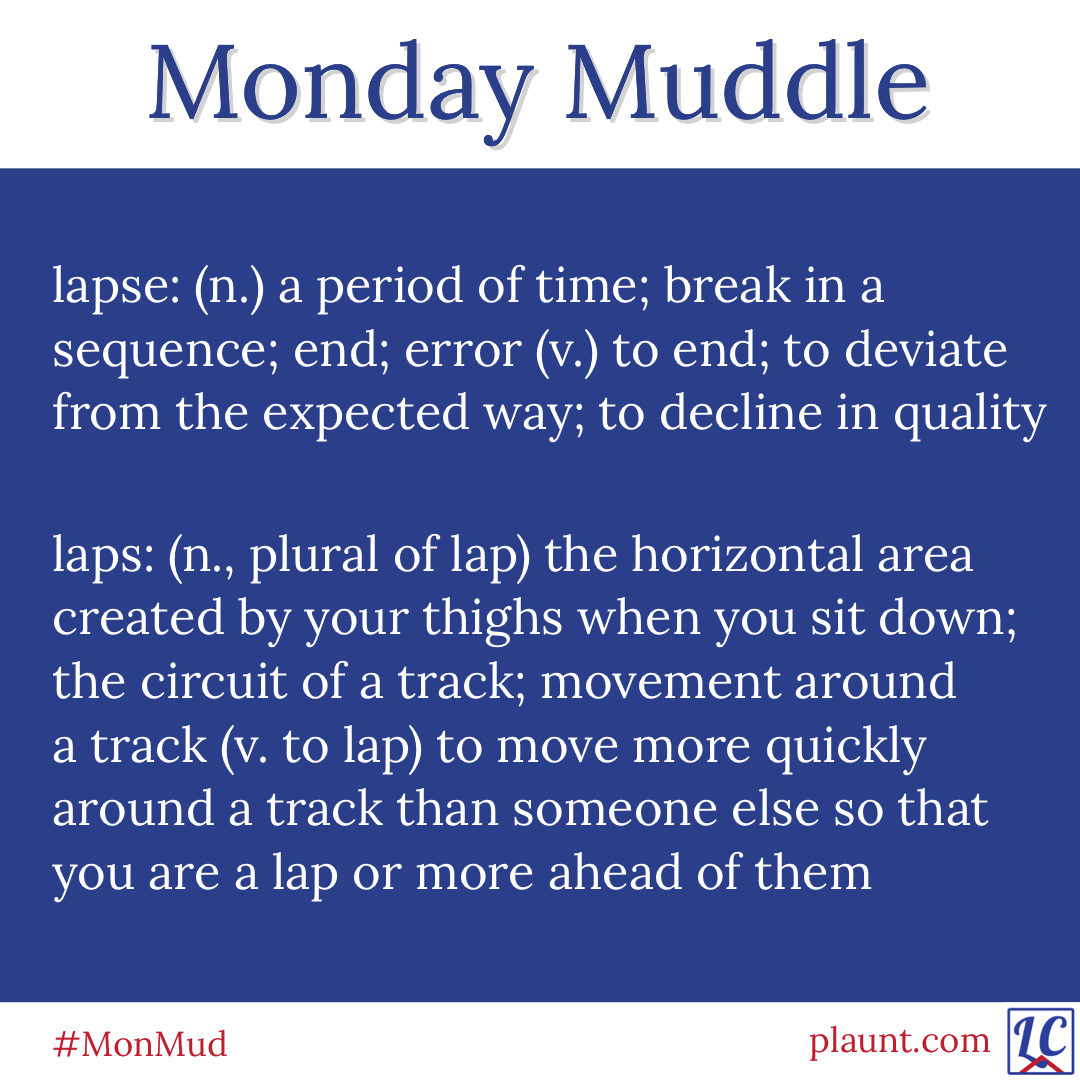
Thursday Thought #UrsulaKLeGuin



Write a story with only two sentences. Use the photo for inspiration if you wish.
Photo by Martin Wyall on Unsplash.


A metal detector works by creating an electromagnetic field that causes a reaction in metal objects. That reaction sends a signal to the metal detector that usually turns into some kind of beep so that you know metal has been found. I don’t know what a medal detector is, or what it does, but my guess is that it’s some kind of journalist looking for a story about an athletic event.
For a weekly dose of language-based humour, visit my Facebook page at https://facebook.com/lcplauntMEd


Write a story with only two sentences. Use the photo for inspiration if you wish.
Photo by Jorge Salazar on Unsplash.


Lapse is a singular noun. The plural is lapses. A lapse of time is a length of time, usually used to indicate the amount of time that something happened differently than before, or the space of time between two events. The adjective “time-lapse” is used to describe a video or a series of still photographs in which some of the sequence is removed. This allows a slow process to be viewed more quickly. To time laps is to record how long it takes to move around the track.
For a weekly dose of language-based humour, visit my Facebook page at https://facebook.com/lcplauntMEd